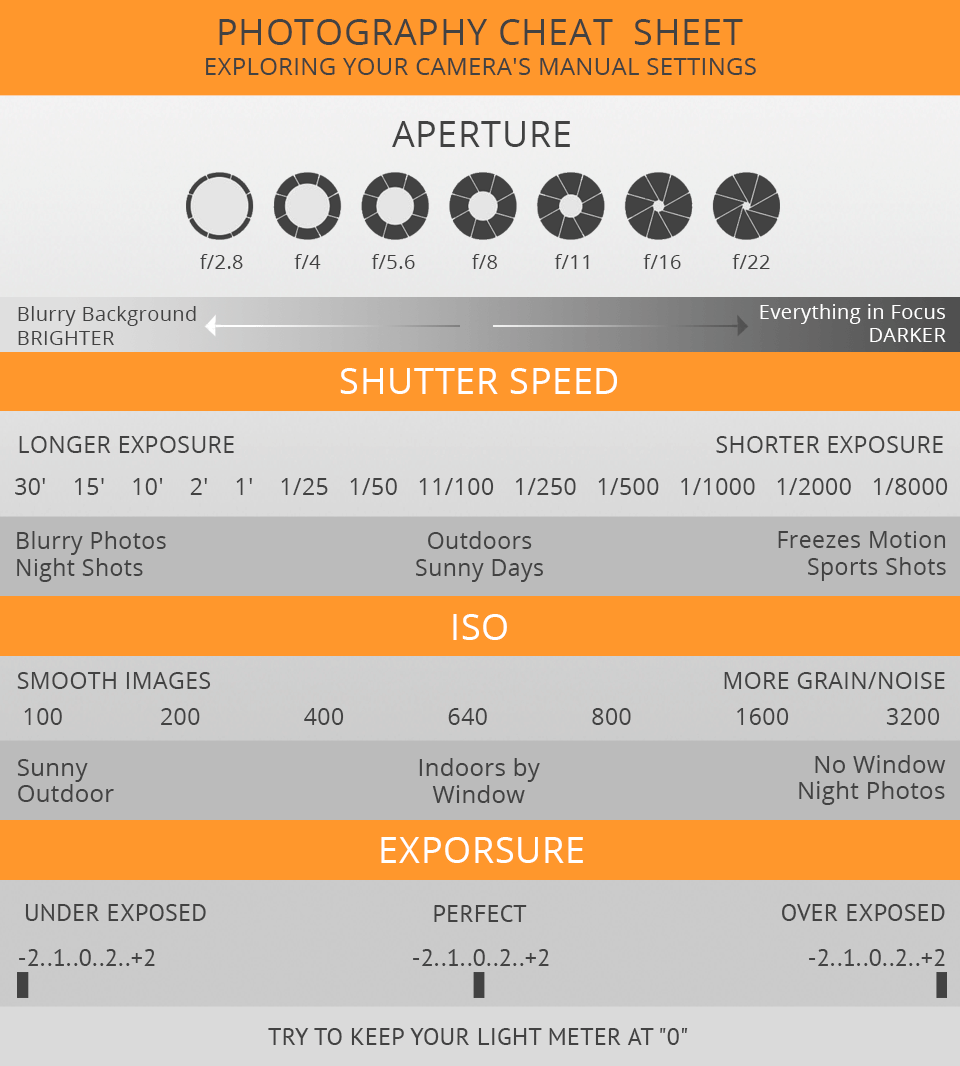What Every Photographer Must Know About Illumination
What Every Photographer Must Know About Illumination
Blog Article
Short Article Writer-Beck Polat
As a photographer, you know that illumination can make or break your images. Understanding the subtleties of both all-natural and man-made light is vital for capturing the state of mind and clarity you go for in your job. Whether you're chasing after the excellent gold hour glow or tweak your synthetic setups, understanding these aspects can elevate your photography considerably. But there prevail challenges that many neglect, and identifying them can transform your technique to every shoot. Allow's discover what you could be missing and how it can impact your outcomes.
Recognizing All-natural Light
Understanding all-natural light is important for any professional photographer wanting to boost their work. It's the foundation of fantastic photography, affecting state of mind, tone, and quality. When you shoot outdoors, pay attention to the moment of day. The gold hour-- quickly after dawn and before sunset-- uses soft, cozy light that can change common scenes right into sensational images.
Don't underestimate the power of overcast days. Cloud cover diffuses sunlight, developing a soft, also light that's best for portraits and macro digital photography. You'll find shades pop in this kind of lights without severe shadows.
Positioning matters, too. Constantly consider your topic's positioning to the source of light. If the sun's behind your subject, you may end up with a shape, which can be remarkable but mightn't be what you want. On the other hand, direct sunshine can produce unflattering darkness.
Explore angles; often, altering your point of view can generate remarkable results. Use natural reflectors, like water or sand, to jump light onto your subject, adding dimension.
Mastering Artificial Light
Understanding man-made light is necessary for photographers that intend to take their abilities to the following level. Whether you're using speedlights, workshop strobes, or constant lights, comprehending just how to control these resources can considerably boost your images.
Start by acquainting on your own with the fundamentals of light quality, direction, and shade temperature. Try out different modifiers like softboxes, umbrellas, or grids to manage the soft qualities or violence of the light.
You'll find that soft light often creates flattering results, while harsher light can add dramatization and deepness. Don't shy away from darkness; they can boost the three-dimensionality of your topics.
Pay close attention to the placement of your lights. A light located as well close to your topic can create uncomplimentary outcomes, while too far can bring about an absence of detail. Use a light meter or your cam's histogram to guarantee you're subjecting appropriately.
Lastly, bear in mind that man-made light can be mixed with ambient light for creative effects. Stabilizing these resources may take technique, but once you understand it, your digital photography will truly beam.
Methods for Different Situations
When you enter different shooting circumstances, adapting your lighting techniques is vital for catching the best pictures. For https://www.bizjournals.com/sacramento/news/2020/05/01/after-afrustrating-first-round-photography.html , use the golden hour-- early morning or late afternoon light-- to soften darkness and enhance complexion.
If it's a severe lunchtime sunlight, think about using a reflector to bounce light back onto your subject or seek shaded areas for a much more also exposure.
In https://telegra.ph/Just-How-To-Select-The-Right-Camera-For-Your-Digital-Photography-Requirements-01-08 -light circumstances, like interior occasions, increase your ISO and utilize a large aperture to let in more light. A tripod can help get rid of cam shake, permitting longer direct exposures without blurring.
If you're contending night, experiment with off-camera flash to produce vibrant illumination and depth in your images.
For item photography, use diffused lighting to stay clear of extreme reflections. Softboxes or light tents can aid achieve this result.
When photographing landscapes, consider the instructions of light and time of day, as it can significantly alter the state of mind of your shot.
Always prepare to readjust your settings and positioning based upon the circumstance, as adaptability is key to mastering lighting in photography.
Conclusion
Finally, mastering illumination is essential to boosting your digital photography abilities. Embrace all-natural light's charm during golden hour, and do not shy away from explore fabricated light methods. By adapting your strategy to different circumstances, you'll catch magnificent pictures that resonate with emotion and clearness. Remember, the right lighting can transform an ordinary shot into something remarkable, so maintain exercising and refining your understanding of both all-natural and fabricated light. Delighted shooting!
